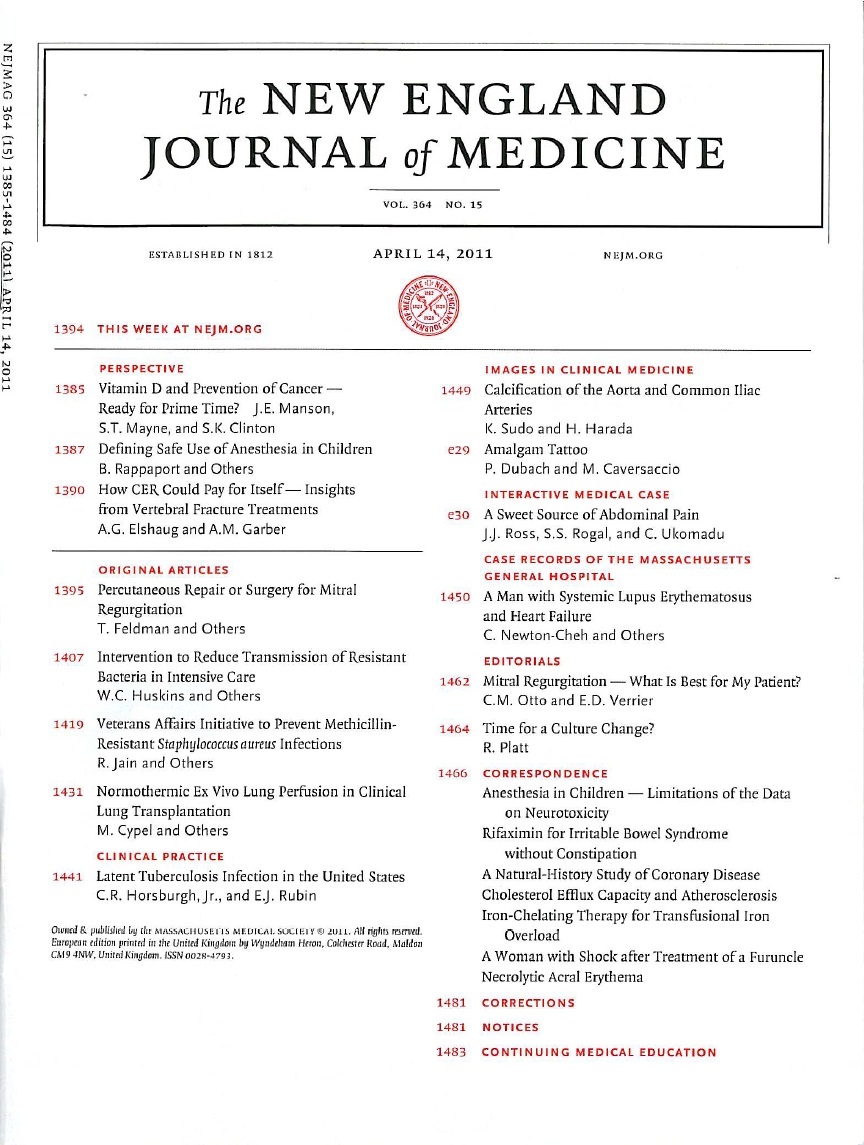
Zoledronic acid reduces rates of new clinical fractures after hip fracture repair

Zoledronic acid reduces rates of new clinical fractures after hip fracture repair
Zoledronic Acid and Clinical Fractures and Mortality after Hip Fracture
N Engl J Med. 2007 Nov 1;357(18):1799-809. Epub 2007 Sep 17Did you know you're eligible to earn 0.5 CME credits for reading this report? Click Here
Synopsis
2127 patients were randomized to one of two groups to examine the rates of new clinical fractures after hip fracture repair. The first group received an annual infusion of zoledronic acid (a potent bisphosphonate), while the second group received a placebo. Results indicated that an annual infusion of zoledronic acid is associated with reduced rates of new clinical fractures and subsequently, morb...
To view the full content, login to your account,
or start your 30-day FREE Trial today.
FREE TRIAL
LOGIN
Forgot Password?
Explore some of our unlocked ACE Reports below!

Learn about our AI Driven
High Impact Search Feature
Our AI driven High Impact metric calculates the impact an article will have by considering both the publishing journal and the content of the article itself. Built using the latest advances in natural language processing, OE High Impact predicts an article’s future number of citations better than impact factor alone.
Continue



 LOGIN
LOGIN

Join the Conversation
Please Login or Join to leave comments.